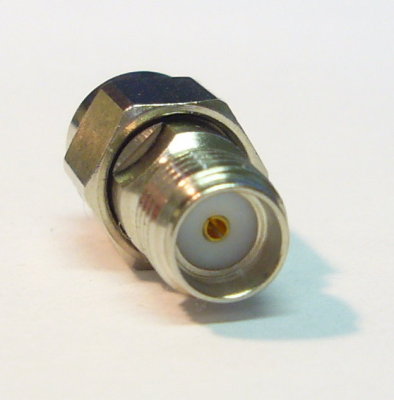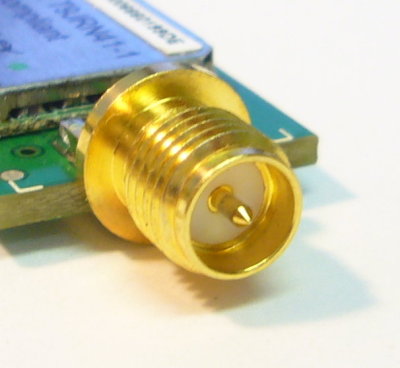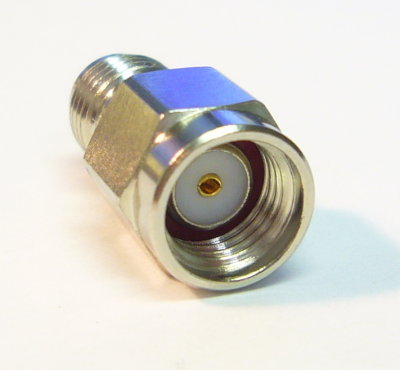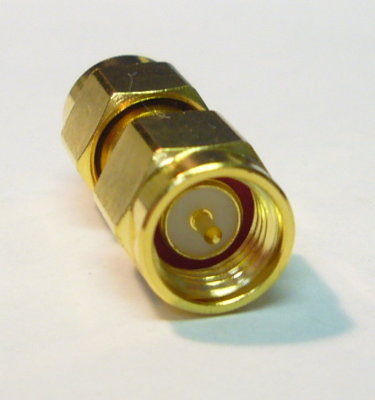SMA Antenna Connectors Tutorial
This tutorial attempts to explain the confusing naming conventions for SMA connectors. If you would rather not understand why the convention is the way it is, you can just look at the 4 pictures and move on. Otherwise, have fun with the read!
Tinysine uses SMA connectors on boards that need a 50 Ohm impedance connection to an external antenna. However, some of these boards use different genders and polarities of the SMA connector. Therefore, we need different antennas to match the specific gender or polarity of the RF connections.
There are 4 different types of SMA connectors using a combination of gender, which refers to the center pin and polarity, which refers to…..uh, this is where it gets confusing. Wikipedia tries to explain it. But from what I have found there was an original “old” design for SMA connectors.
The original SMA design called for two compliant connectors:

There is one consistancy however; all antennas, cables or anything was being attached to a potential stationary object used an outer nut or inner thread design and all stationary devices used the outer thread design. This applies for all SparkFun products. All of our antennas are either SMA male or RP-SMA female. All of our boards are either SMA female or RP-SMA male.
The only thing that changed with the Part 15 compliance was the center pin, thus reversing the polarity of the connection and forming a “new” standard; the reversed polarized SMA (RP-SMA).
The next two photos are considered reversed polarized (RP-SMA).

RP-SMA Female

RP-SMA Male
Anything 2.4GHz (Bluetooth, ZigBee, WiFi, and Nordic) use the new convention: RP-SMA male on the antennas and RP-SMA female on the modules.
Cellular and GPS (900/1700/1800MHz and 1.57542GHz respectively) use the old convention: SMA male for the antennas and SMA female for the modules.
Really, you can ignore the gender descriptor. If you have a RP-SMA board or module, you need a RP-SMA antenna and so forth for SMA. Pretty simple, right?!
I hope you are not thoroughly confused!

